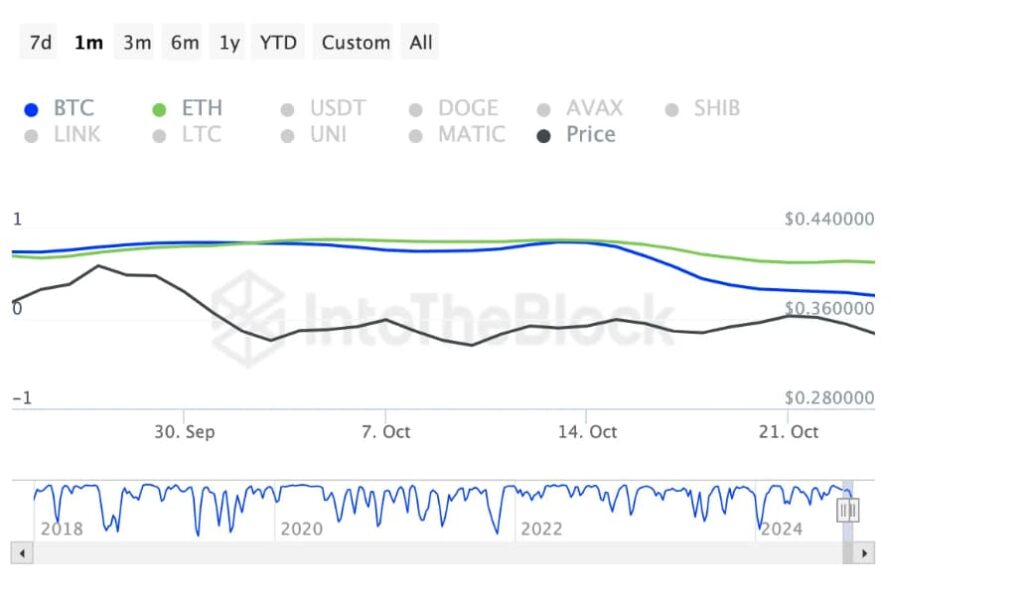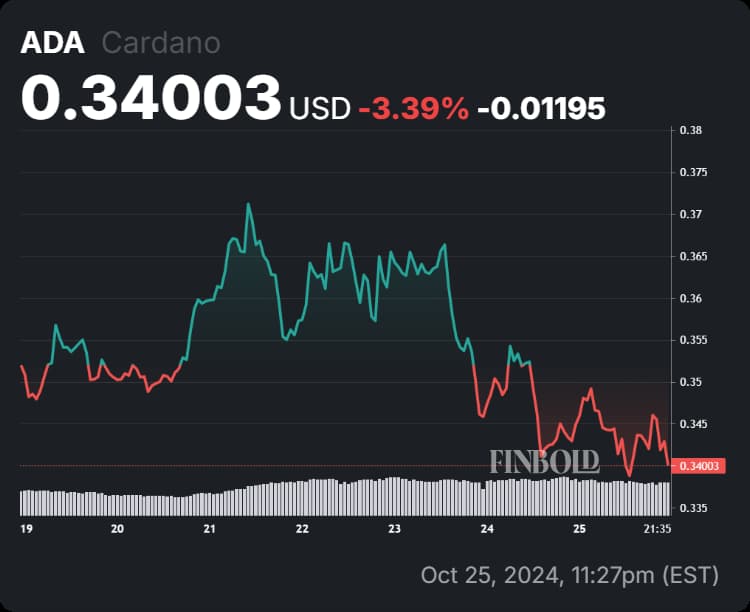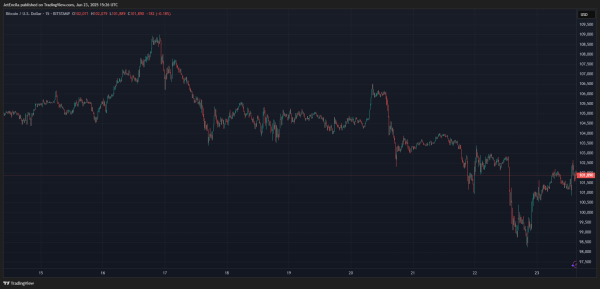Here’s how Cardano taps into Bitcoin’s $1.3 trillion liquidity
Here’s how Cardano taps into Bitcoin’s $1.3 trillion liquidity 
![]() Cryptocurrency Oct 25, 2024 Share
Cryptocurrency Oct 25, 2024 Share
On October 24, BitcoinOS announced the launch of its Grail bridge on the Cardano network, enabling Bitcoin (BTC) liquidity to flow into the Cardano (ADA) ecosystem.
EMURGO, a founding entity of Cardano, is among the key developers supporting this integration by creating tools to attract Bitcoin capital and facilitate ADA tokens on the Bitcoin network.
In an official blog, EMURGO highlighted that the Grail bridge would allow Cardano DeFi users to access Bitcoin’s extensive liquidity without intermediaries, fostering new financial opportunities and advancing cross-chain interoperability for Cardano’s ecosystem.
Picks for you
S&P 500 rallies to best 12-month performance since 1954 — What’s next? 3 hours ago U.S. government takes action after hacker returns $19 million stolen crypto 3 hours ago Tesla stock price prediction if Kamala Harris wins Presidency 5 hours ago Top 3 most shorted stocks in the S&P 500 Index 6 hours ago
This means, Cardano’s ecosystem now has access to Bitcoin’s liquidity, valued at approximately $1.33 trillion, while ADA users can securely engage with Bitcoin without relying on intermediaries.
This is made possible by BitSNARK, a zero-knowledge (ZK)-based verification system that guarantees secure asset transfers across blockchains without modifying Bitcoin’s fundamental protocol.
Potential impact on ADA-BTC correlation and price dynamics
The impact of this development on the ADA-BTC pairing has intrigued market observers, especially given ADA’s recent underperformance relative to BTC.
Since July, ADA has declined by 32% against BTC, showcasing Bitcoin’s dominance over Cardano amid ongoing market dynamics.
According to IntoTheBlock’s correlation matrix, ADA and BTC have a low correlation coefficient of 0.26, indicating that the two cryptocurrencies generally follow independent price movements.
 Cardano-Bitcoin Correlation. Source: IntoTheBlock
Cardano-Bitcoin Correlation. Source: IntoTheBlock
Therefore, Cardano’s price may not yet closely mirror BTC’s performance despite ADA’s access to Bitcoin’s liquidity.
However, with Cardano’s new Bitcoin liquidity access, there is potential for increased synergy.
As Cardano’s DeFi offerings expand to accommodate Bitcoin liquidity through an allegedly trustless mechanism, ADA may gain traction against BTC, narrowing the performance gap and potentially driving up demand within the Cardano ecosystem.
This scenario could strengthen the relationship between ADA and BTC, setting a new precedent for cross-chain utility and value.
ADA price analysis
Since March, Cardano has been in a downtrend, consistently forming lower highs and lows. Amid August’s broader market correction, it also dropped out of the top 10 cryptocurrencies by market cap.
 ADA seven-day price chart. Source: Finbold
ADA seven-day price chart. Source: Finbold
Despite recent integration with Bitcoin, ADA’s price remains subdued, currently trading around $0.34, down over 3% in the last 24 hours.
However, analysts suggest that ADA could potentially reach as high as $5 in the longer term, pointing to the technical indicators and other growth drivers.
While the Cardano community has embraced this integration enthusiastically, some Bitcoin purists remain skeptical. Charles Hoskinson clarified that the Grail integration facilitates a trustless mechanism for BTC users to interact with other networks without impacting Bitcoin’s core attributes.
“Whether your bitcoin stay at home or go visit other chains, it doesn’t impact the bitcoin network. With BOS, they can now go interact with other ledgers. Only with cardano can you do it natively with UTXO and soon pay your transaction fees in Bitcoin. This means bitcoin now has a smart contract layer” – Charles Hoskinson
He also emphasized that only Cardano allows native UTXO (Unspent Transaction Output) transactions, establishing the foundation for a potential smart contract layer on Bitcoin.
As Cardano’s DeFi landscape grows with access to Bitcoin’s liquidity, the stage is set for Cardano to attract new users and redefine how networks can operate together.


